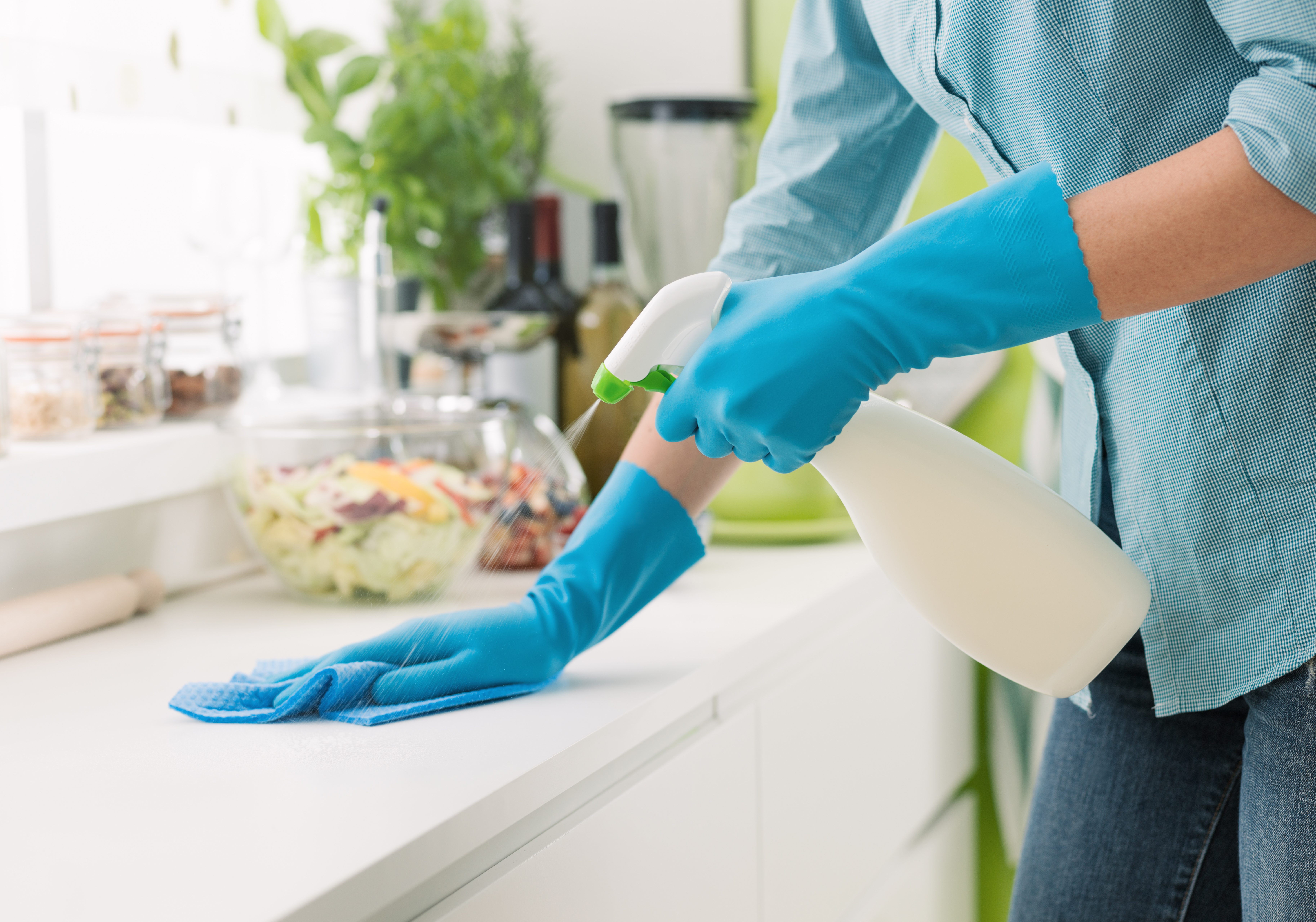“The spread of COVID-19 in households is linked to the virus on hands and surfaces”, clearly write these British virologists, who provide the first empirical evidence of this route of transmission and its importance in the spread of the virus. Their research sheds new light on the spread of COVID-19 within households, where most community transmissions occur.
Transmission by contact is not negligible
The study is being conducted among 279 homes in London, at the height of the pandemic during waves of circulation of alpha variants, and in collaboration with the National Institute of Health and Care Research (NIHR). Lead author Dr. Ajit Lalvani, NIHR HPRU Director for Respiratory Infections simply explains this mechanism:
“There is no doubt that if you have COVID-19, you release the virus into the air in the form of micro-aerosols and large droplets that land on your hands and on surfaces around you. What had not been demonstrated until then is that the presence of the virus on people’s hands or on household surfaces is a direct source of transmission to other members of the household.
The study, conducted in “real life” provides the first evidence that the presence of SARS-CoV-2 on people’s hands and surfaces contributes significantly to the spread of COVID-19. However, the researchers did not systematically sample the air of the dwellings and do not exclude an airborne transmission in parallel.
Specifically, the team followed 414 susceptible family contacts living in the homes of 279 newly diagnosed primary cases between August 1, 2020 and March 31, 2021, therefore rather at the start of the pandemic. Very few of these contacts had, at the time, been vaccinated or already infected and the majority were therefore non-immune and susceptible to infection. This situation allowed researchers to rigorously assess risk factors and vectors of transmission in unique circumstances representative of the start of the epidemic. The participants were between the ages of 6 and 79, 52% of them women. All contacts were routinely tested for SARS-CoV-2 infection by PCR via nose and throat swabs. Samples were also collected from the hands of primary cases and contacts as well as from the most frequently touched surfaces in high-touch areas (e.g. door and kettle handles, kitchen taps, etc. ) to identify the presence of SARS-CoV-2 genetic material and assess virus particle counts. The researchers then looked for correlations between microbiological detection of the virus on hands and surfaces and transmission to household contacts. The analysis shows that:
- in households where the virus is found on the surfaces and hands of participants, intrafamilial transmission is significantly higher;
- after accounting for other possible confounders, including gender, vaccination status, comorbidities, and quality of contact relationship with the primary case, when virus is detected on the hands of primary cases, the infected contacts outbreaks increased by 70% compared to outbreaks in which primary cases had no detectable virus on their hands;
- the presence of the virus on the hands of primary cases is associated with a 3 times increased risk of contacts within the family, and in turn, these contacts when they present traces of virus on the hands are 2 times more likely to be infected with COVID 19;
- when virus is present on surfaces frequently touched by family members, contacts are 3.8 times more likely to have detectable virus on their hands and 1.7 times more likely to be infected (PCR diagnosis );
- for 6 of the uninfected contacts in the study, positive swabs for the hands or for household surfaces were found before any infection: this suggests the directionality of transmission from household surfaces and hands to the nose and throat;
- whole genome sequencing of the 25 primary cases and their respective contacts where possible confirms that each primary case-contact pair was infected with the same strain of SARS-CoV-2, which also confirms intrafamilial transmission.
The study thus supports the transmission of SARS-CoV-2 from contaminated surfaces and hands, in a community setting. With successive new variants likely to spread widely despite vaccination and boosters, the public health message remains clear: prioritize simple measures to interrupt the spread of the virus and, in addition to frequent hand washing, thoroughly “decontaminate” frequently touched surfaces in the home.


